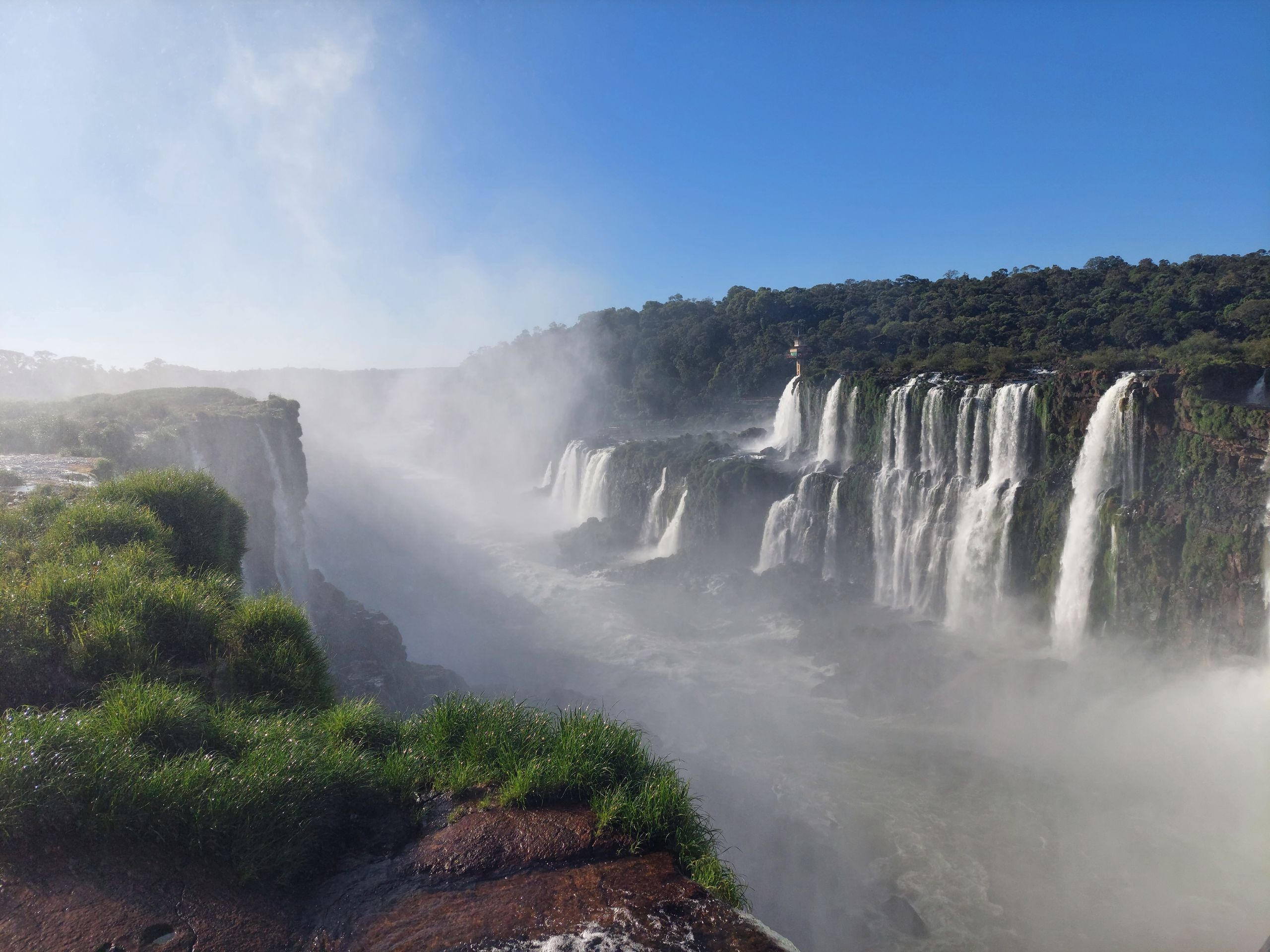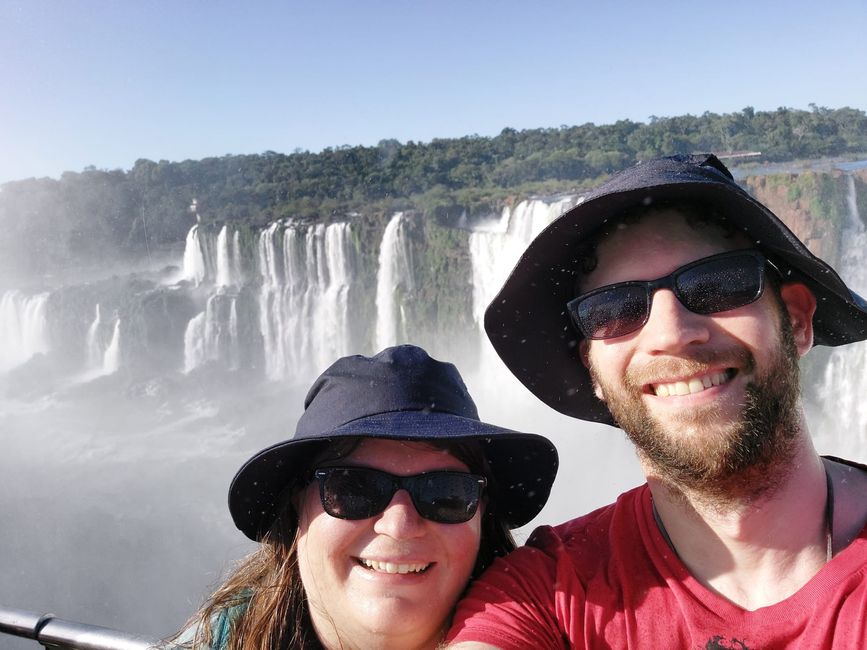San Pedro de Atacama
Gepubliceerd: 23.05.2023
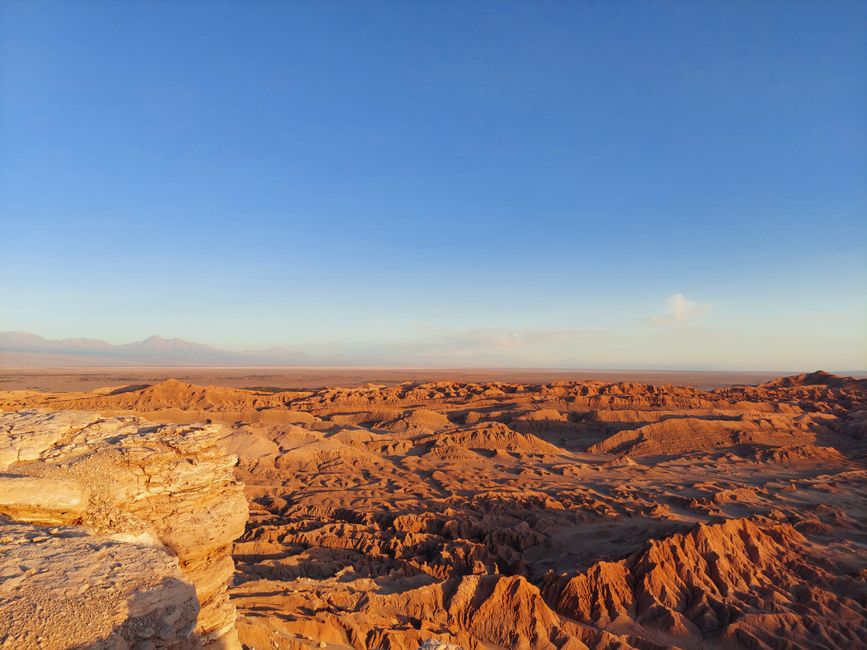
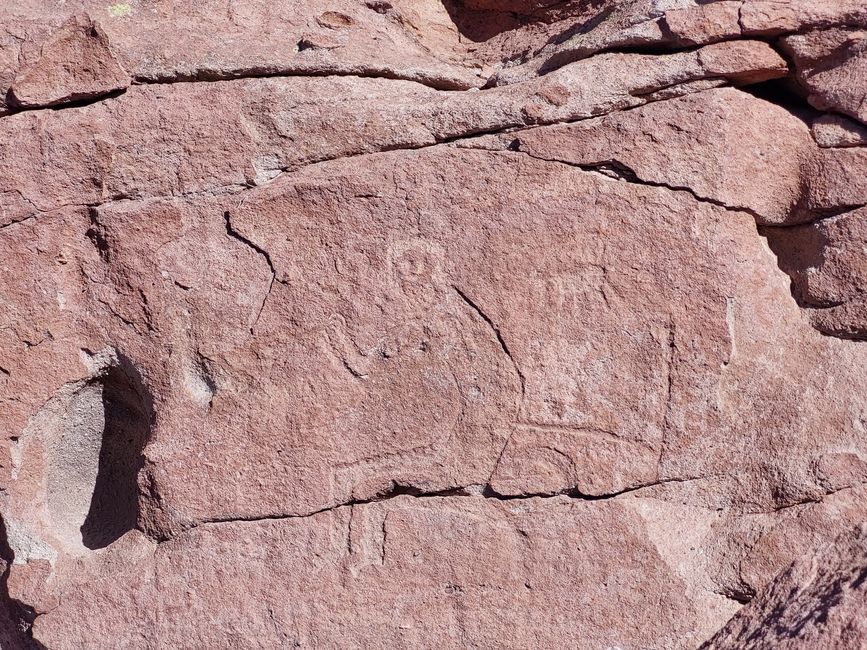
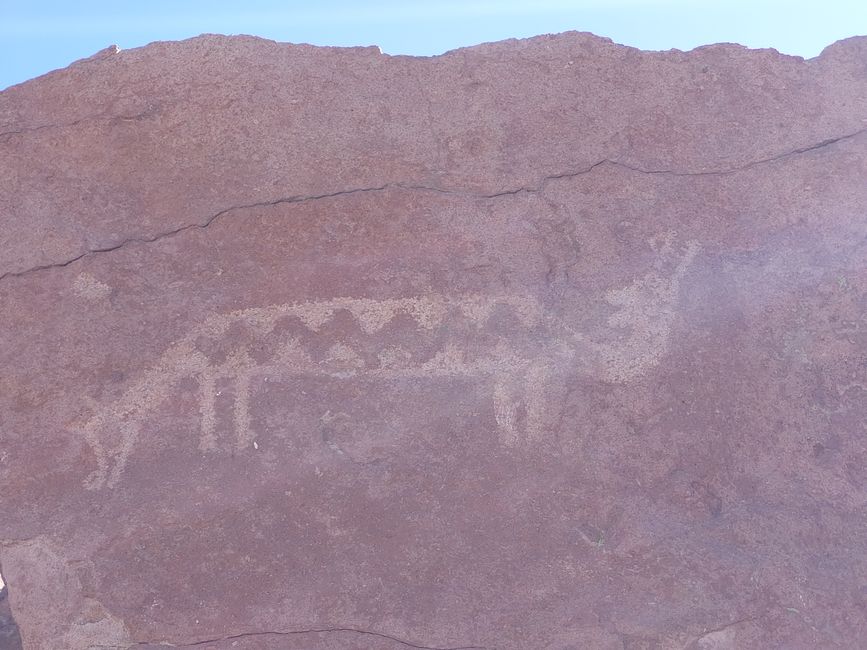
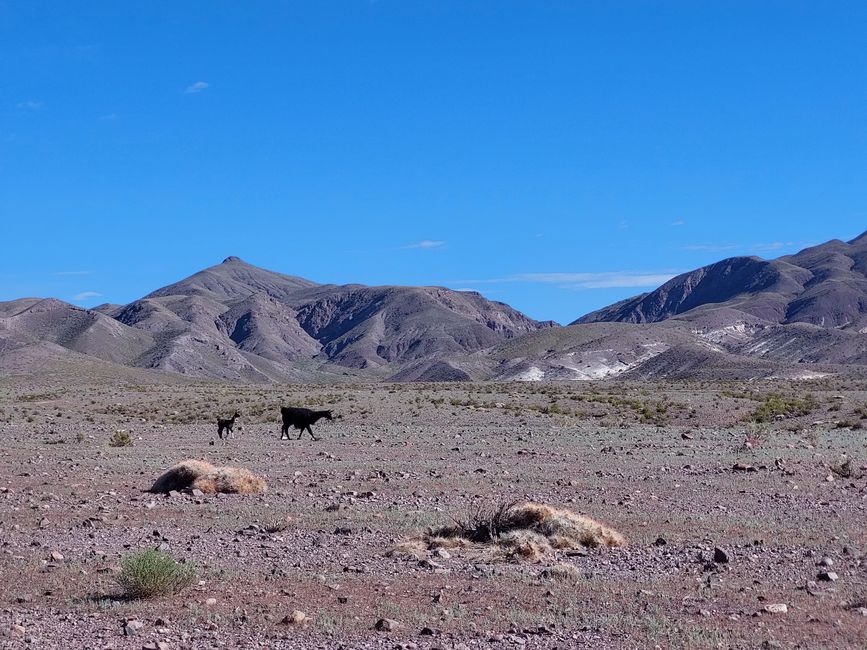
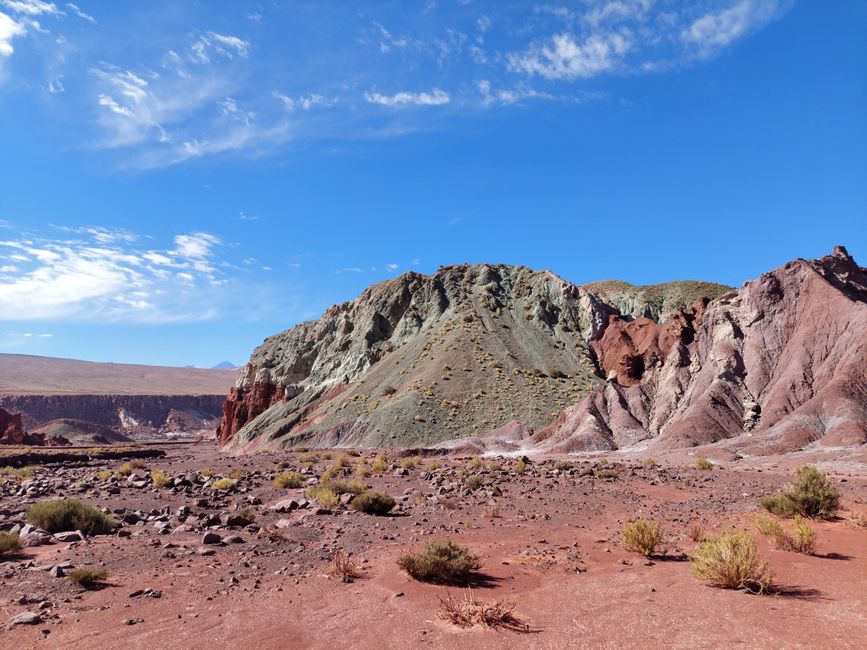
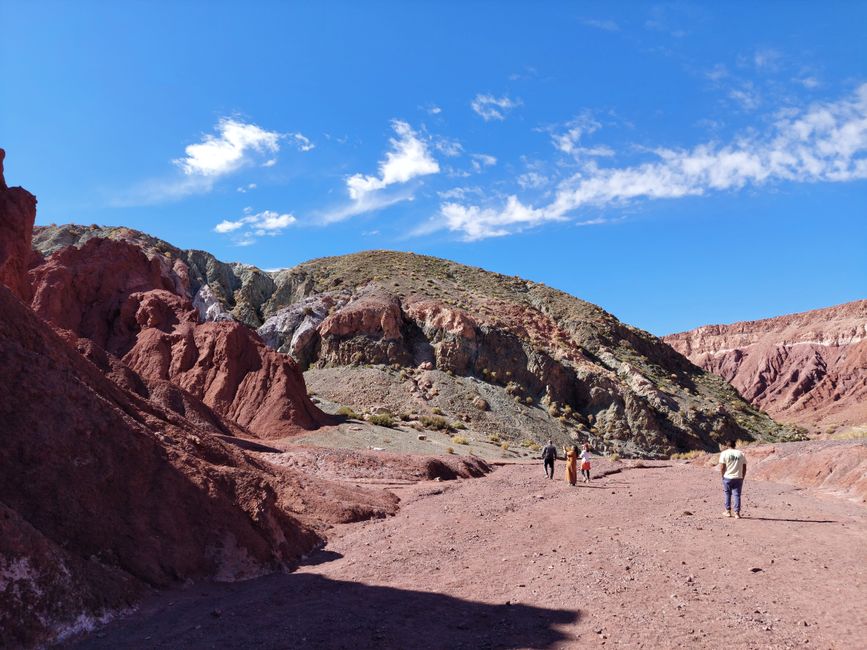
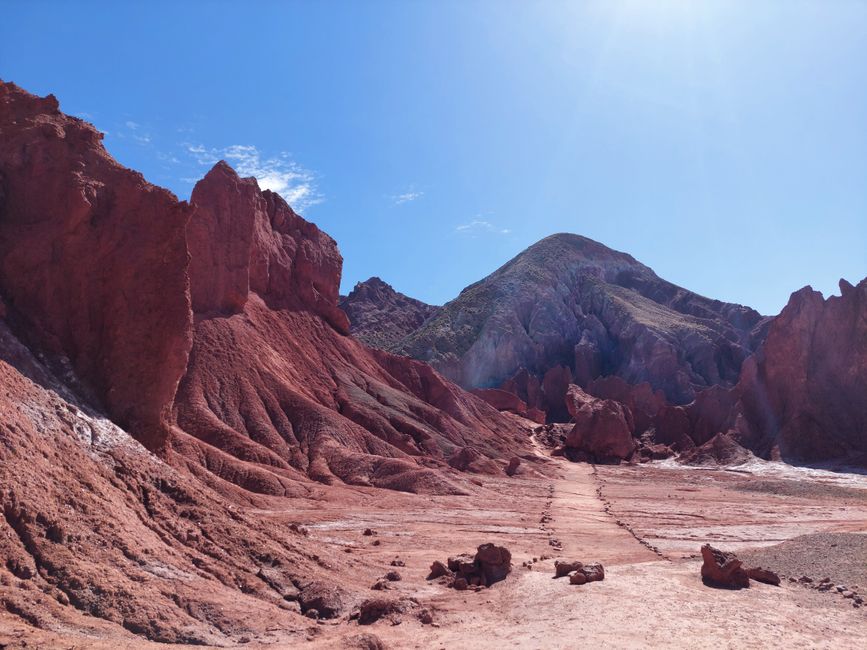
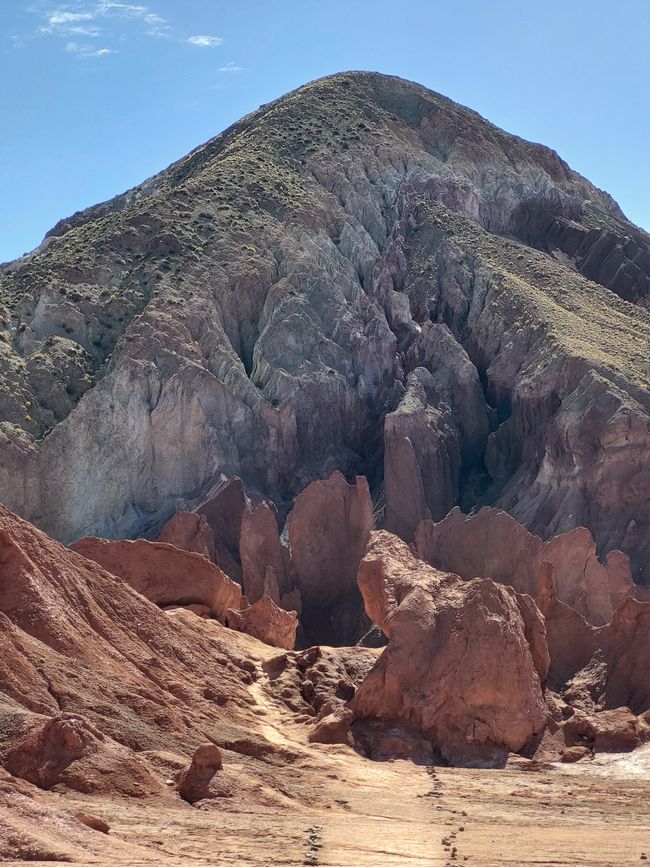
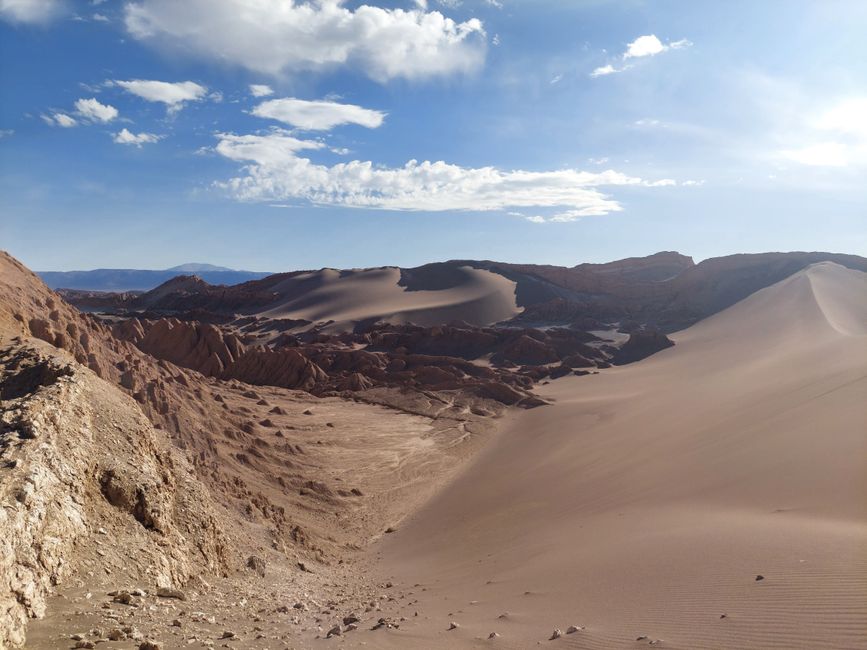
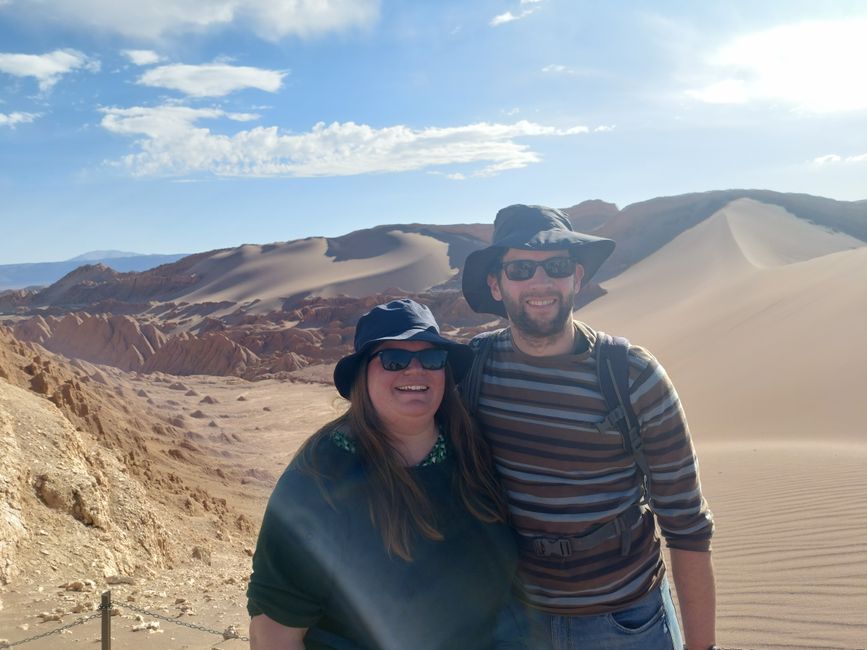
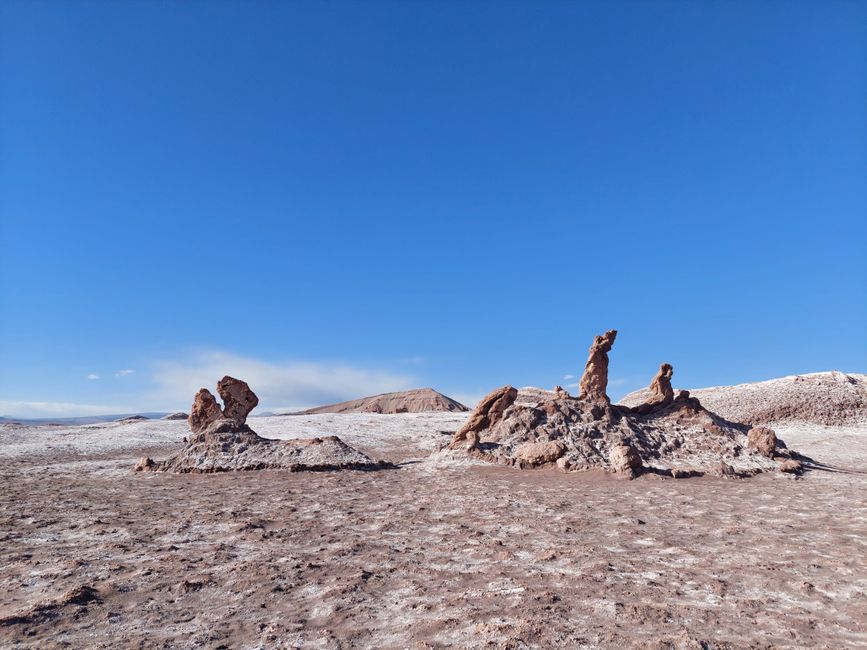
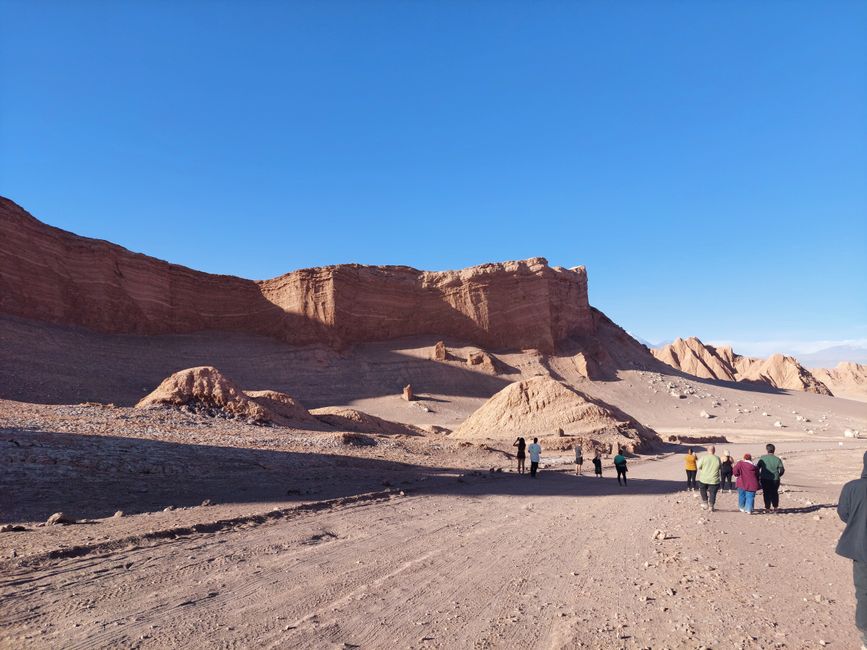
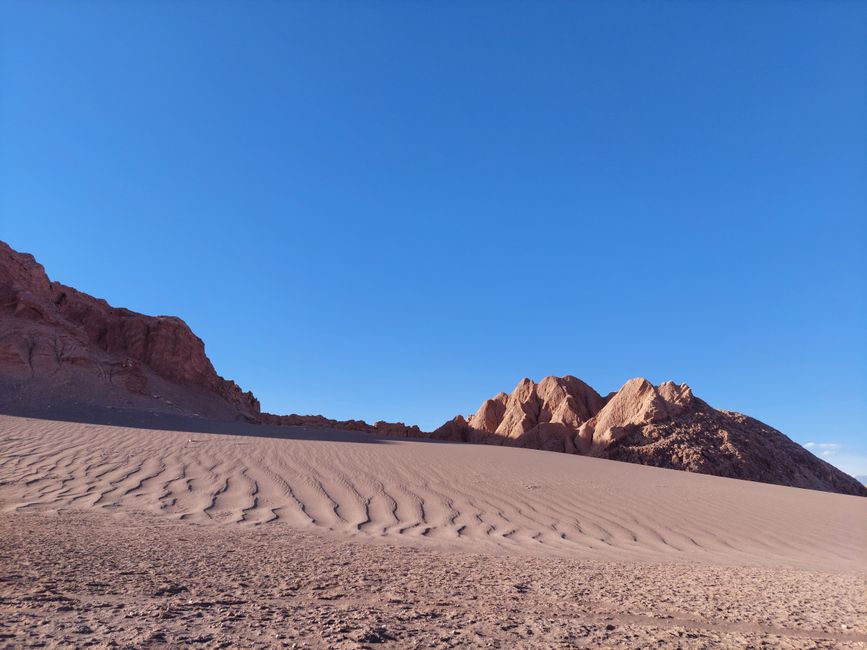
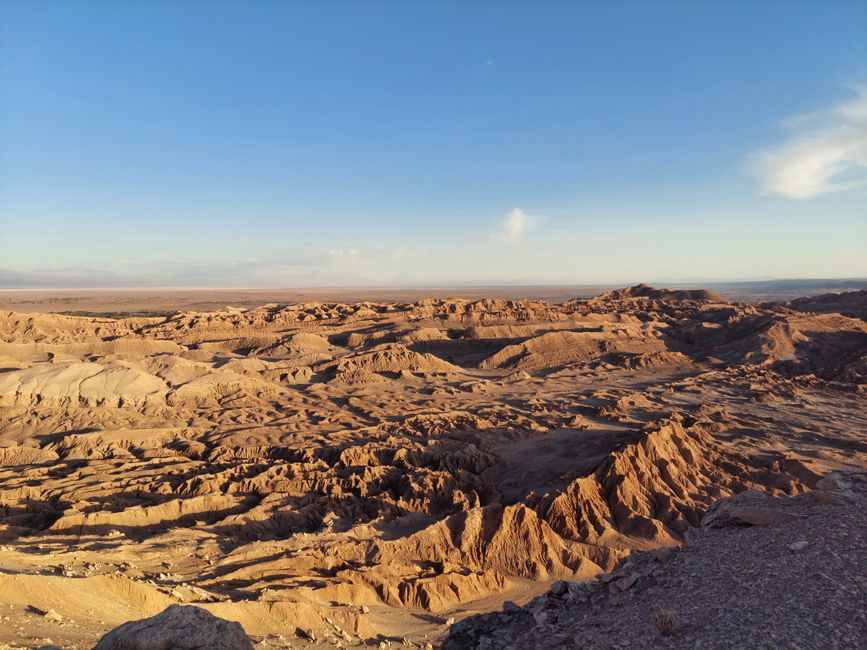
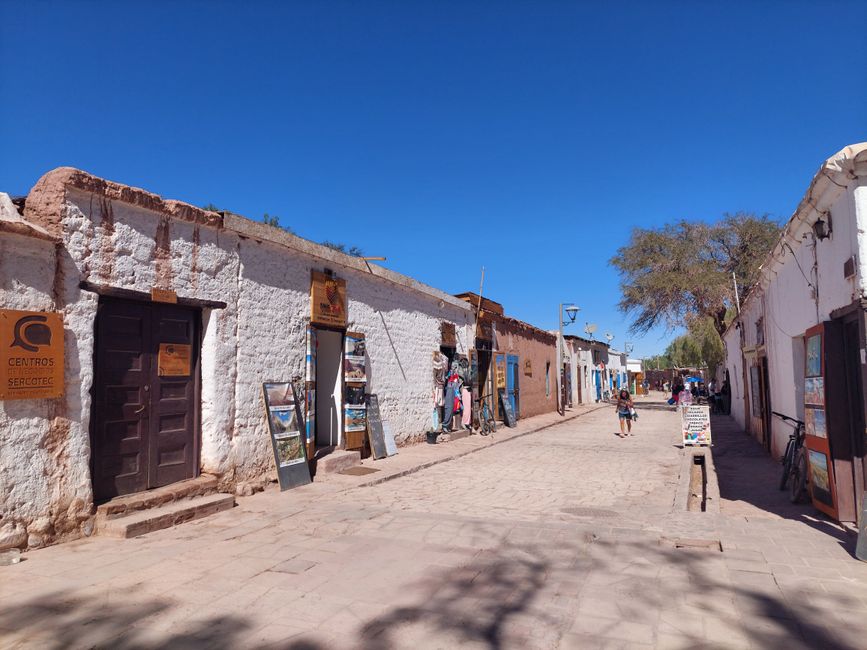
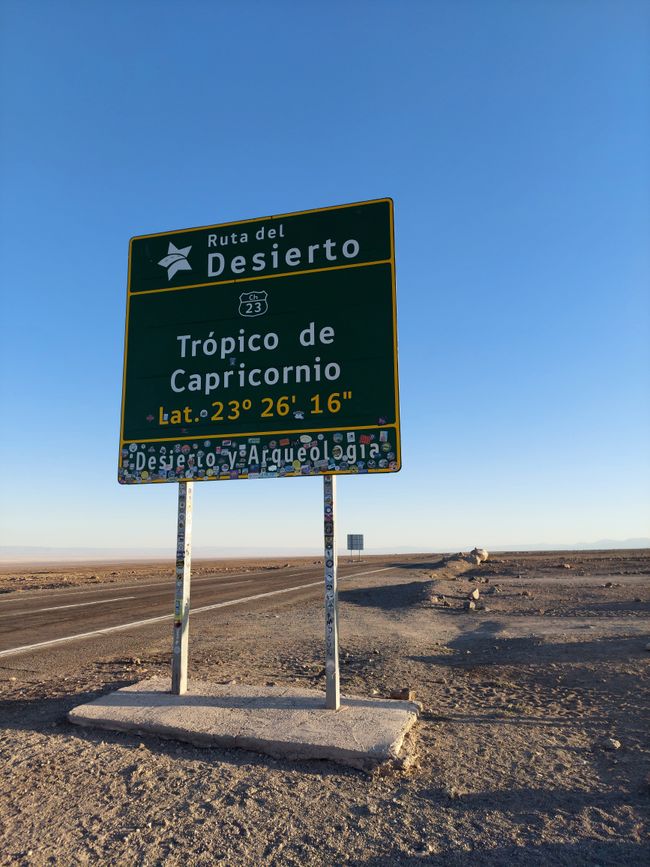
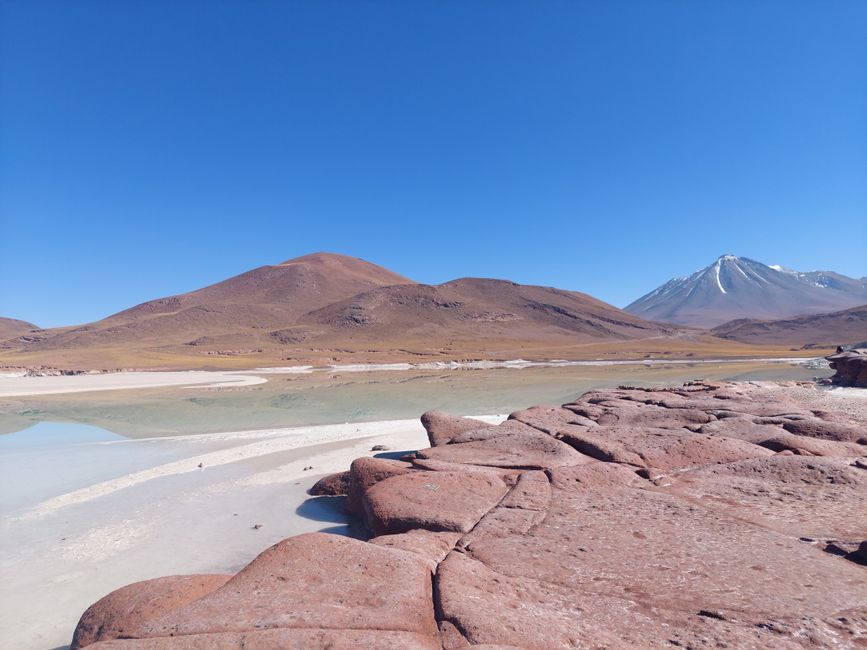
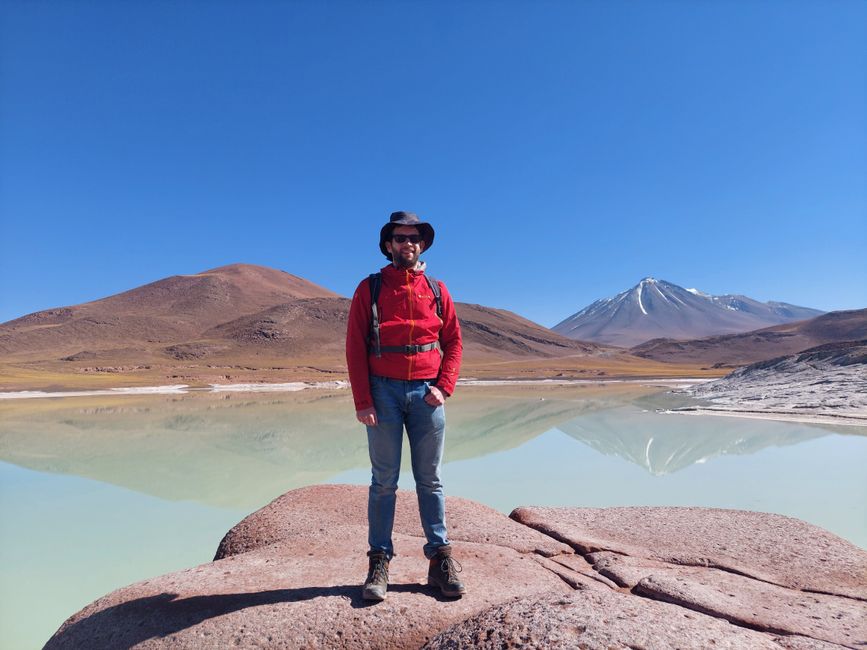
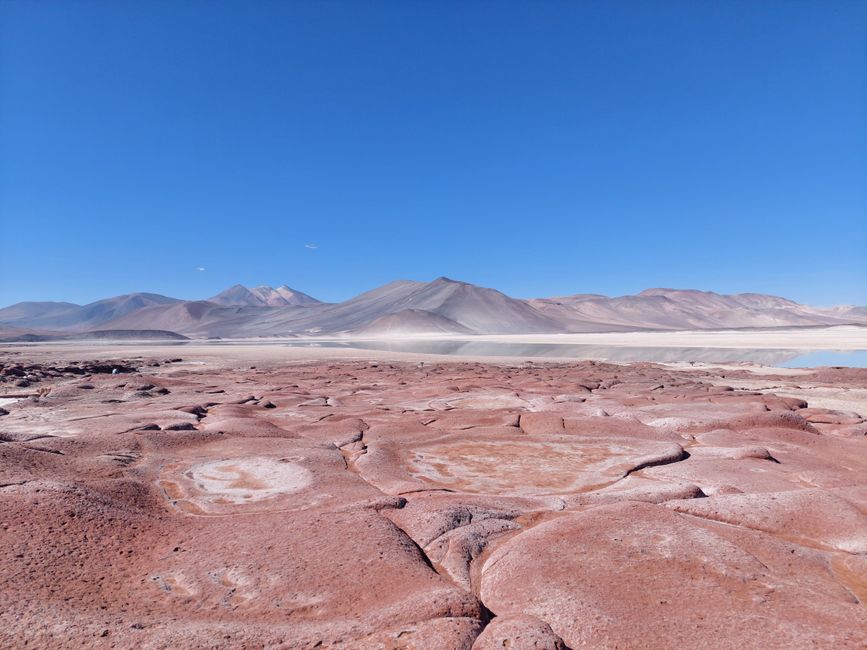
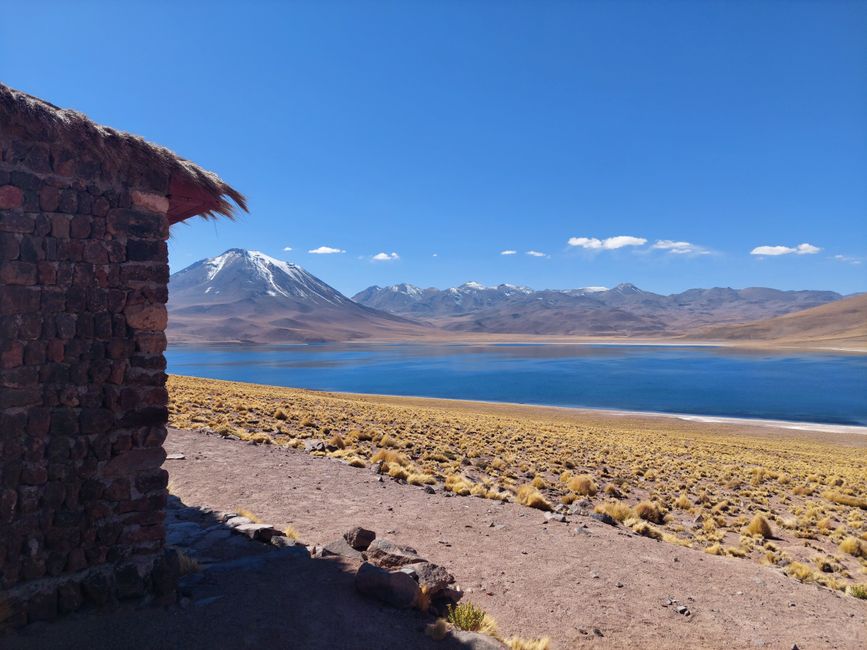
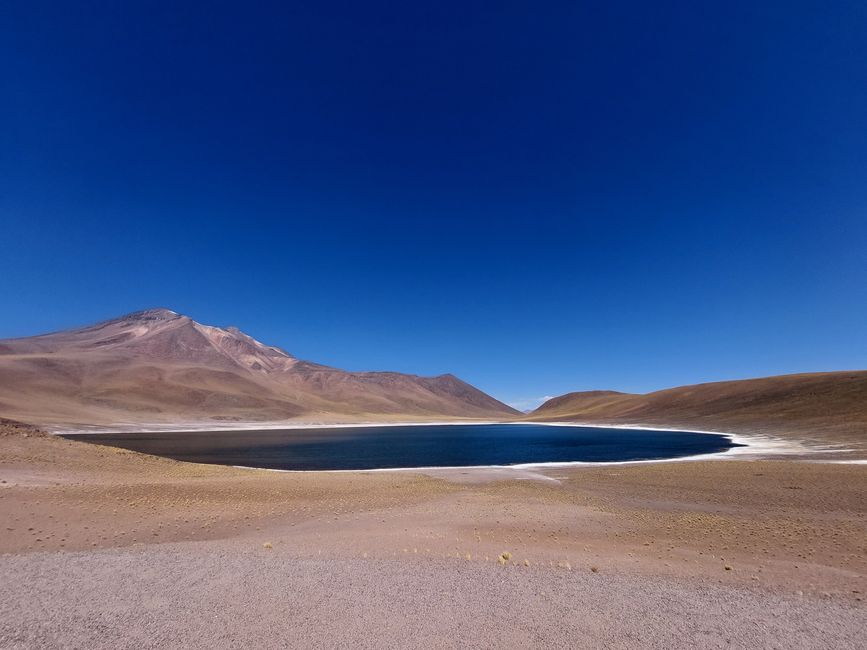
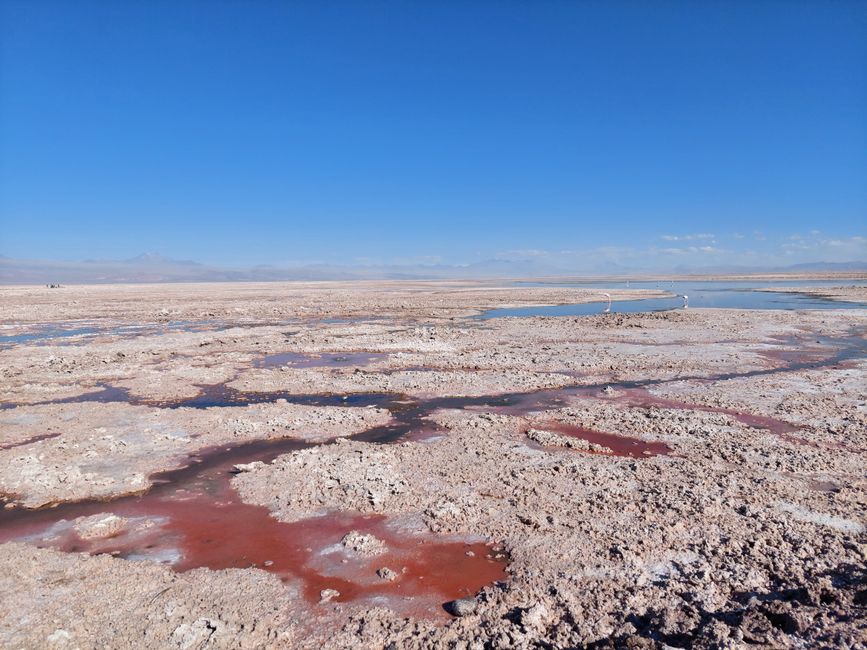
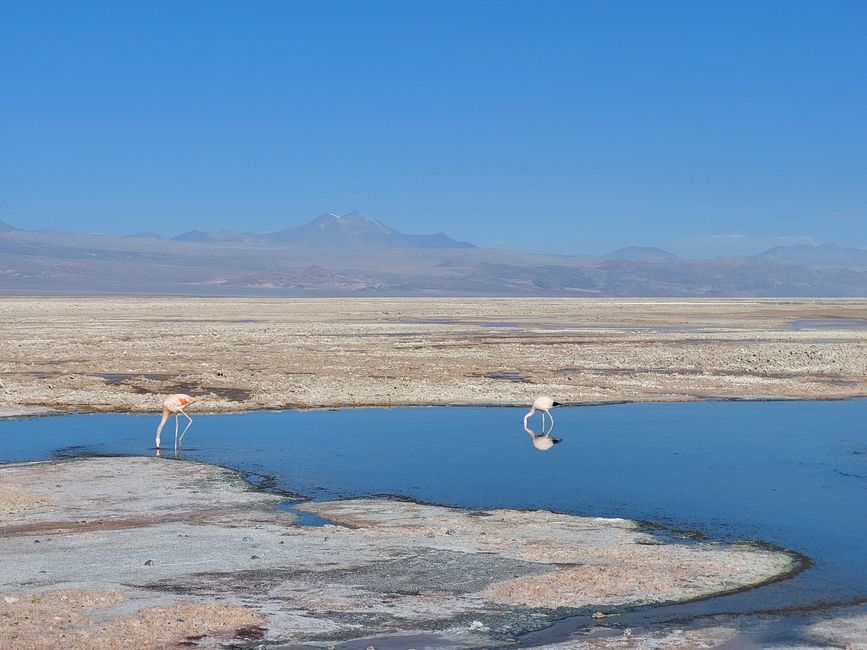
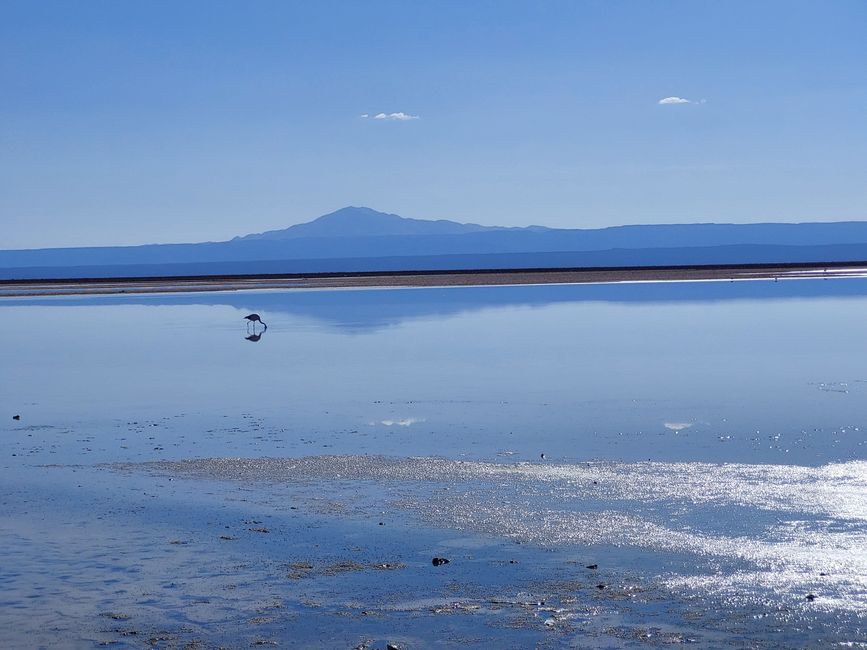
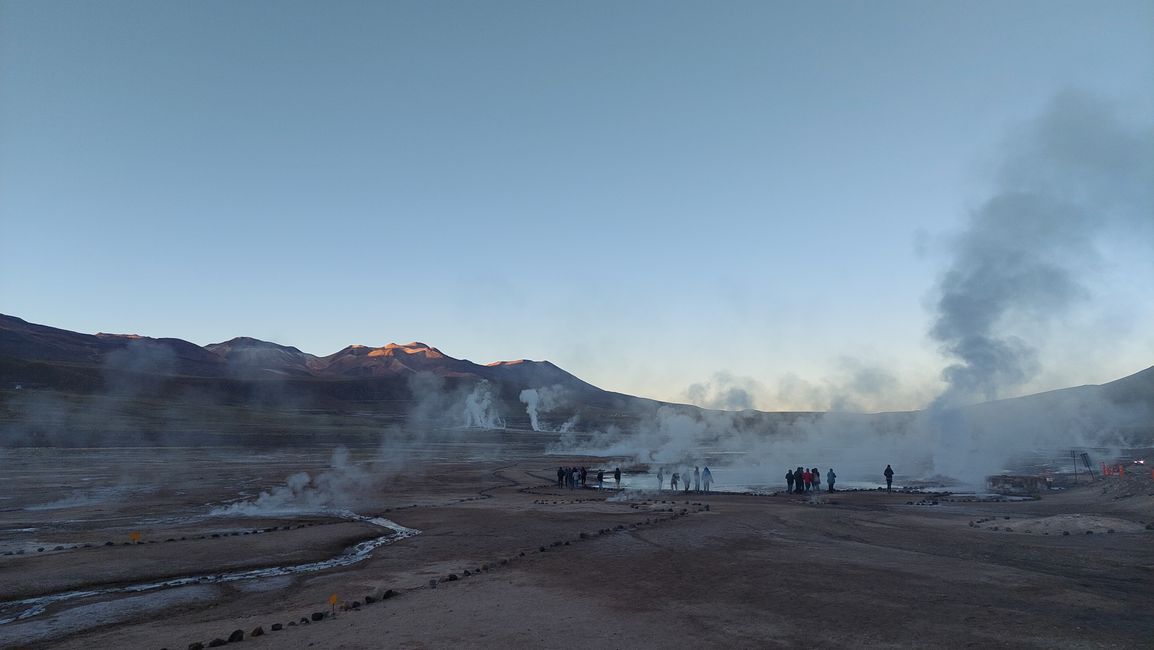
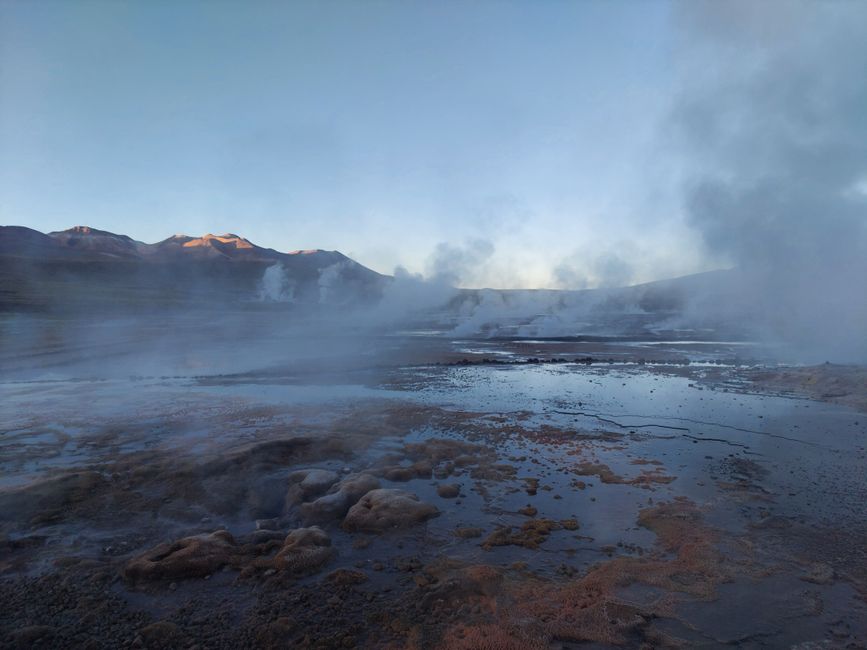
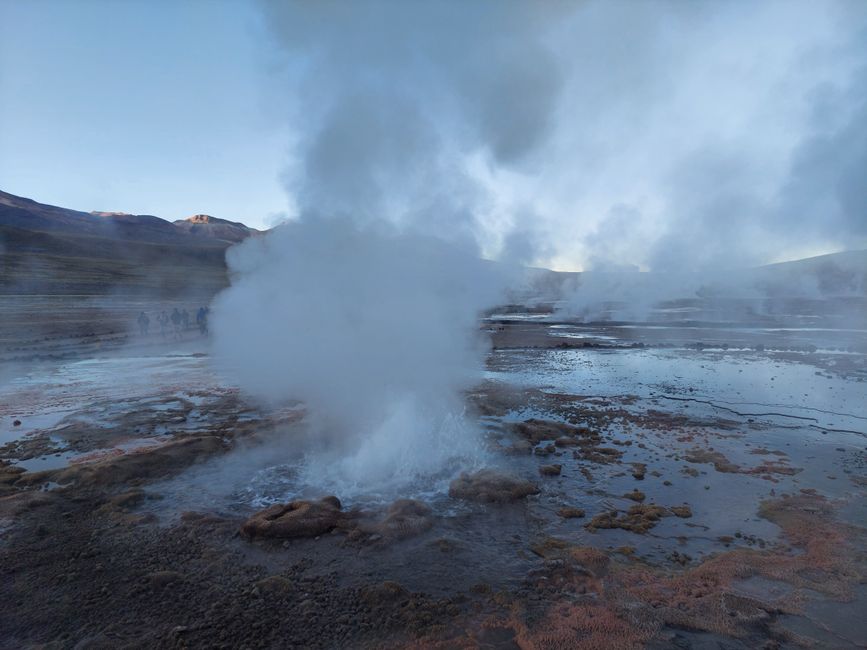
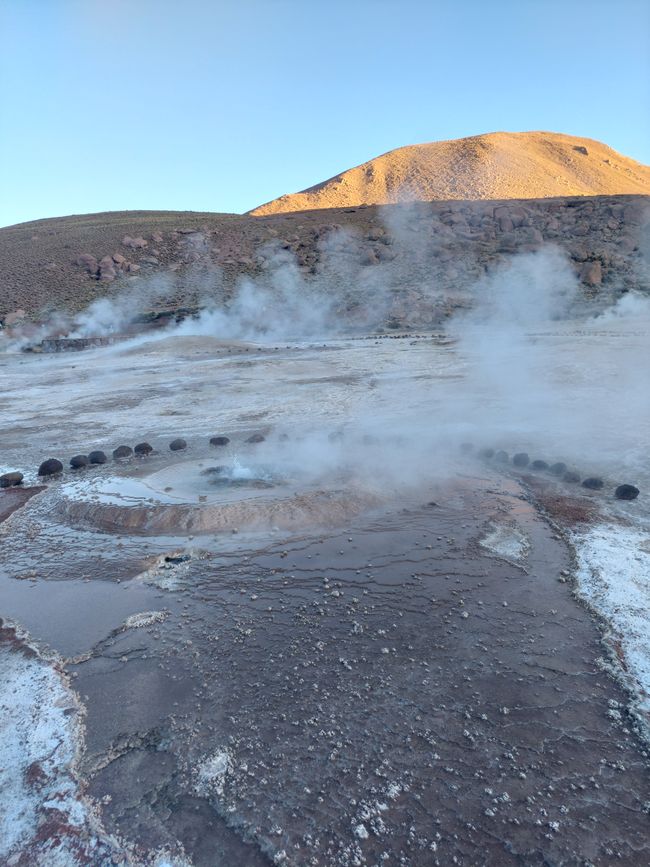
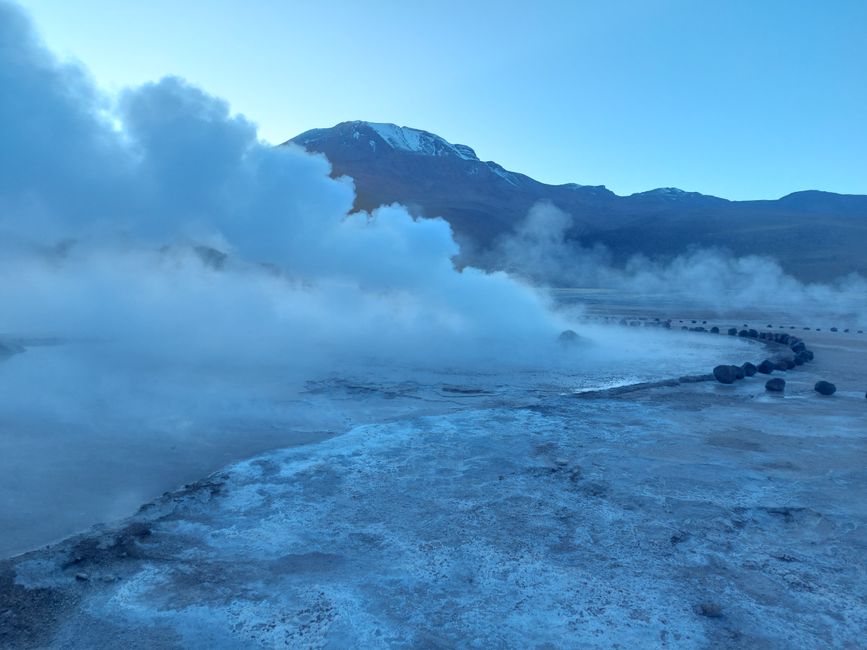
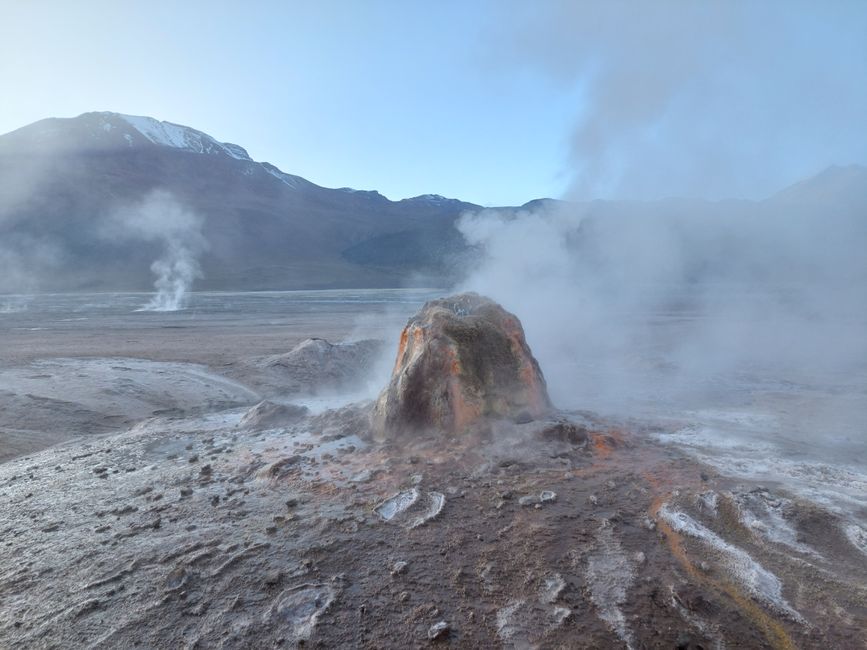
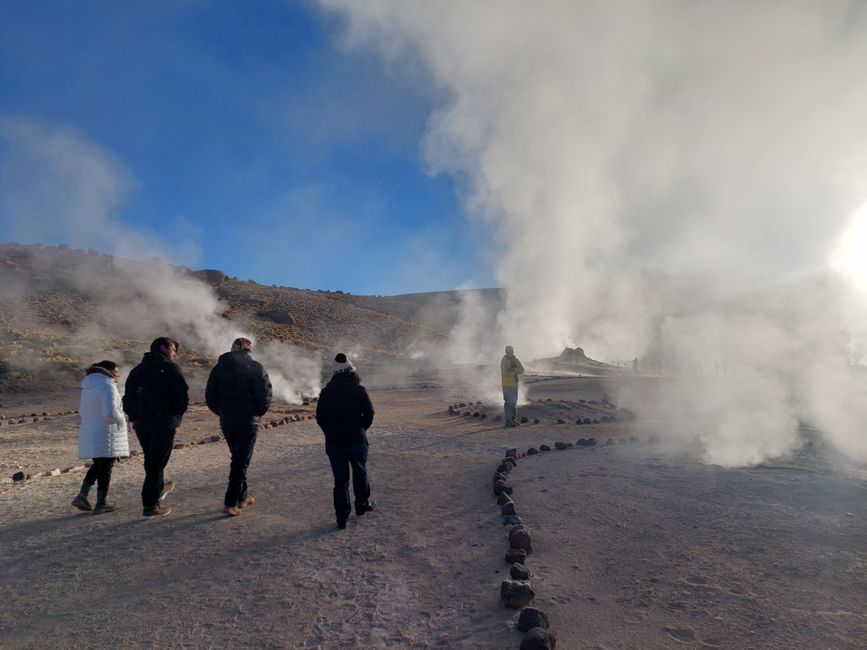
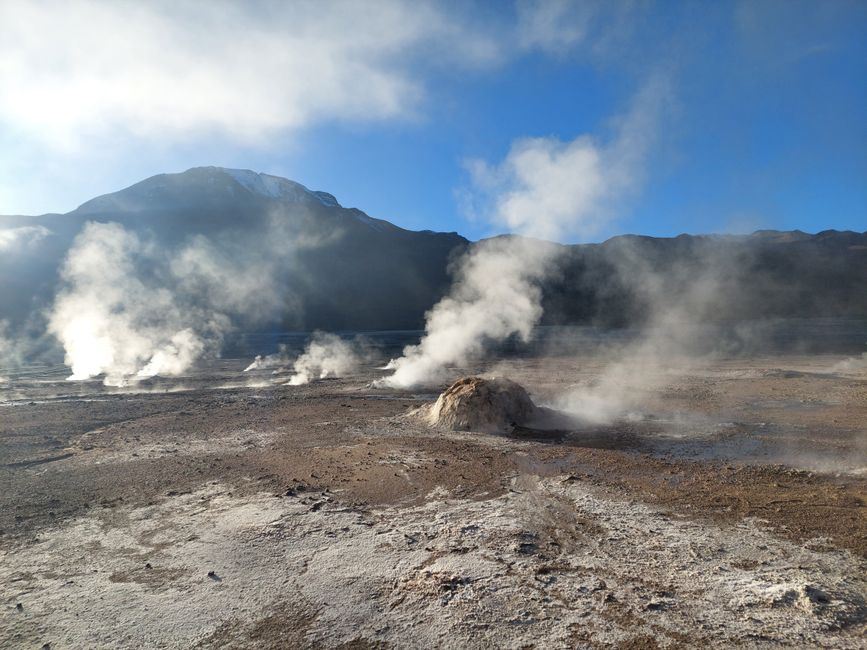
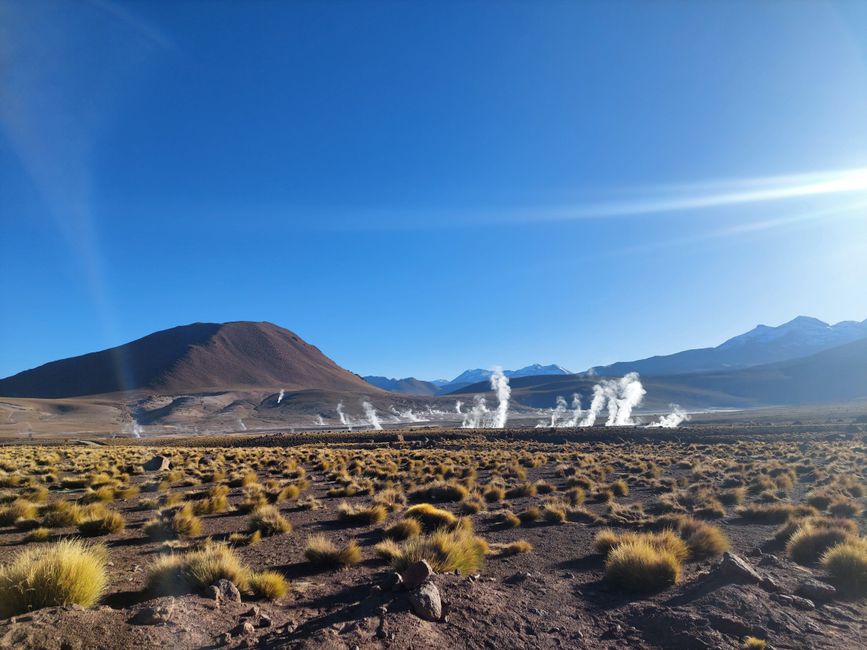
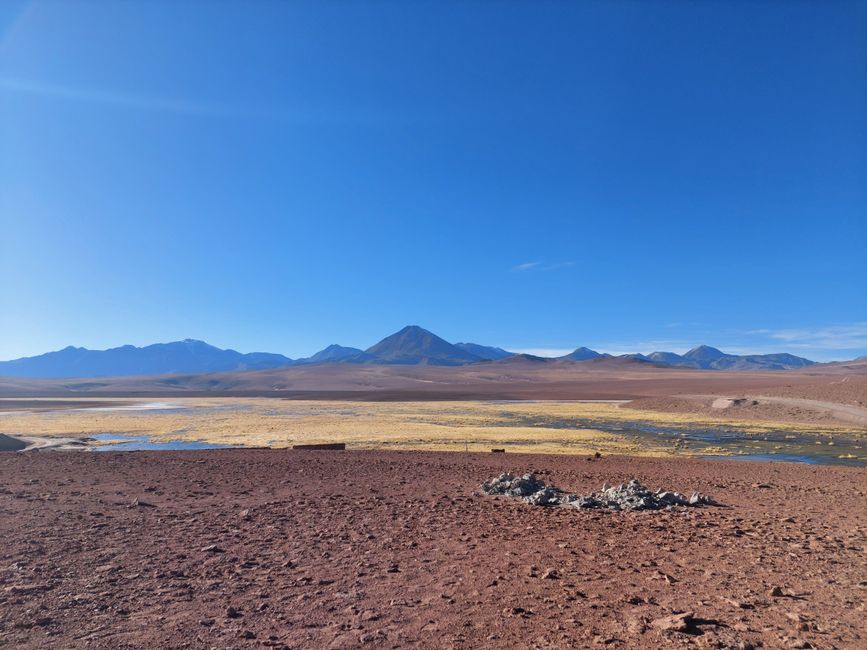
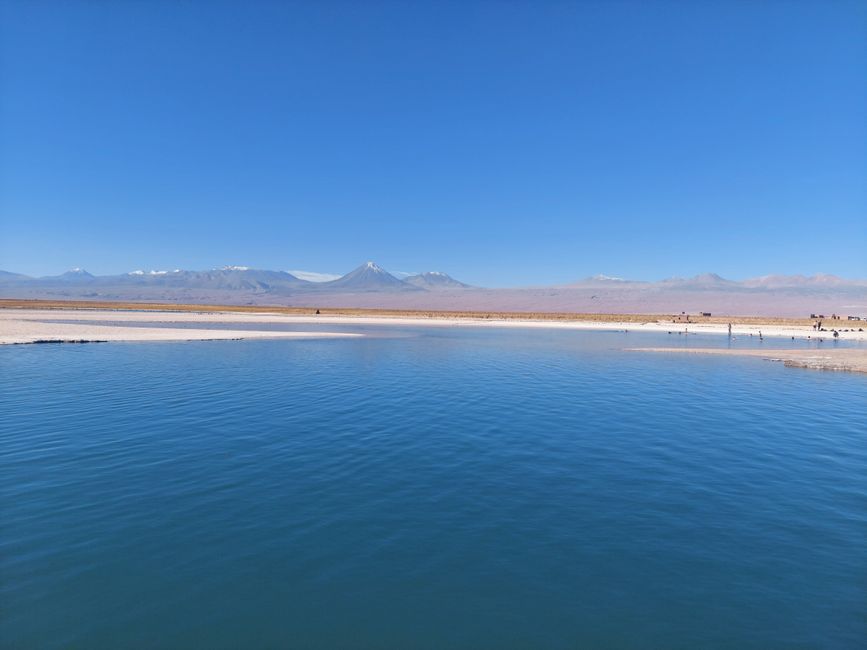
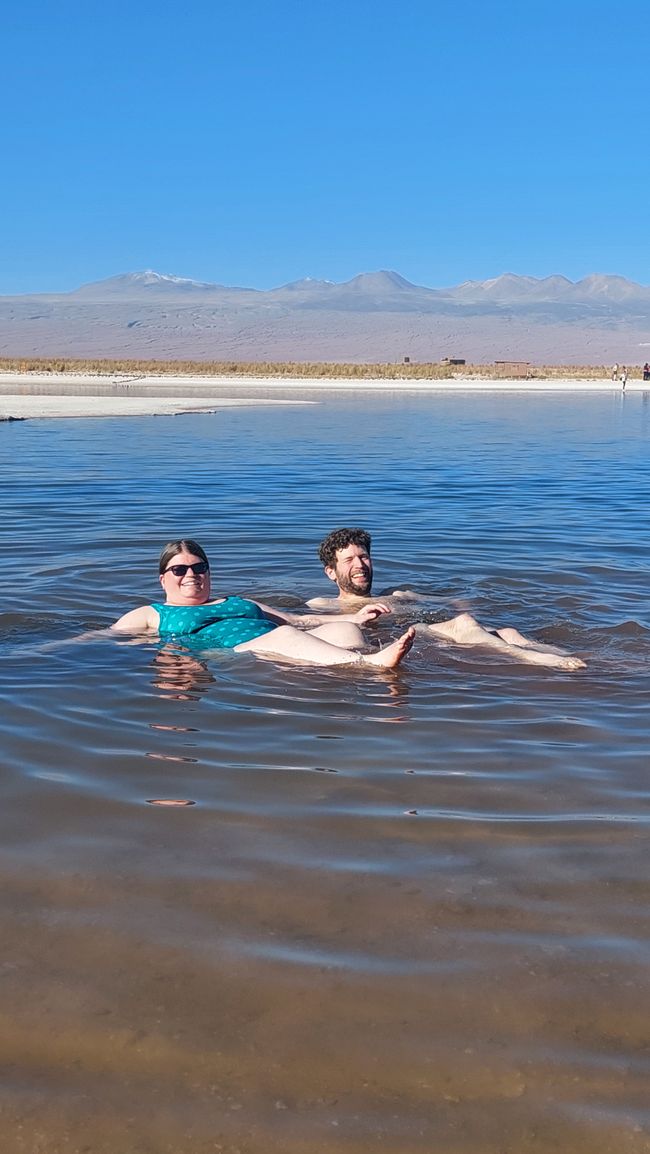
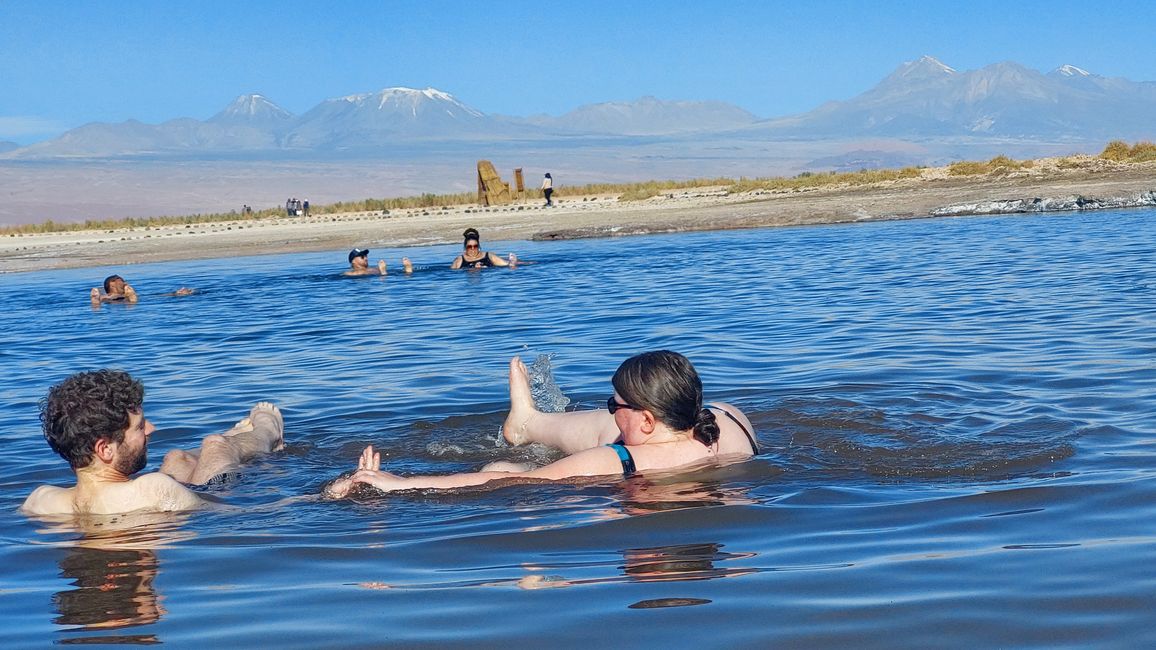
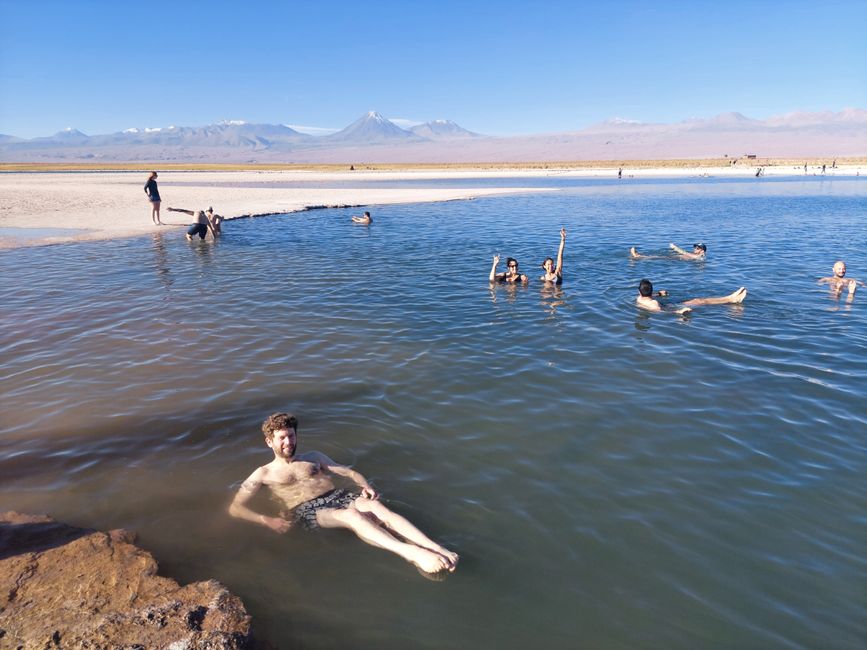
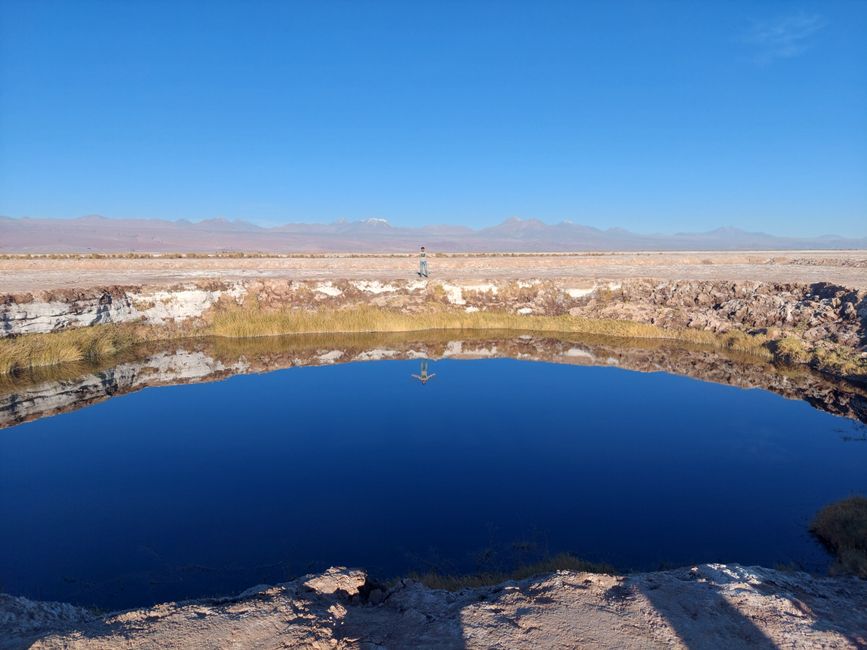
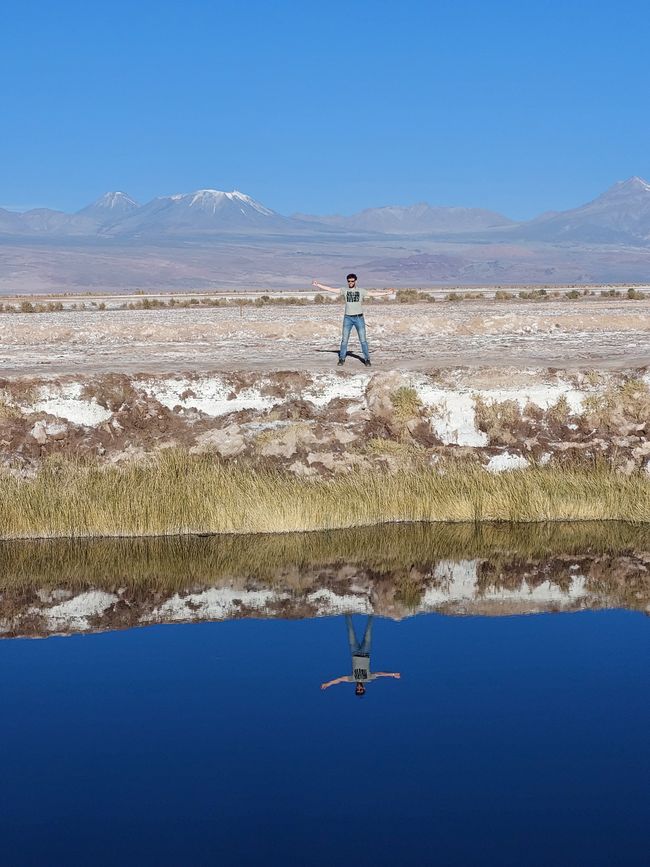
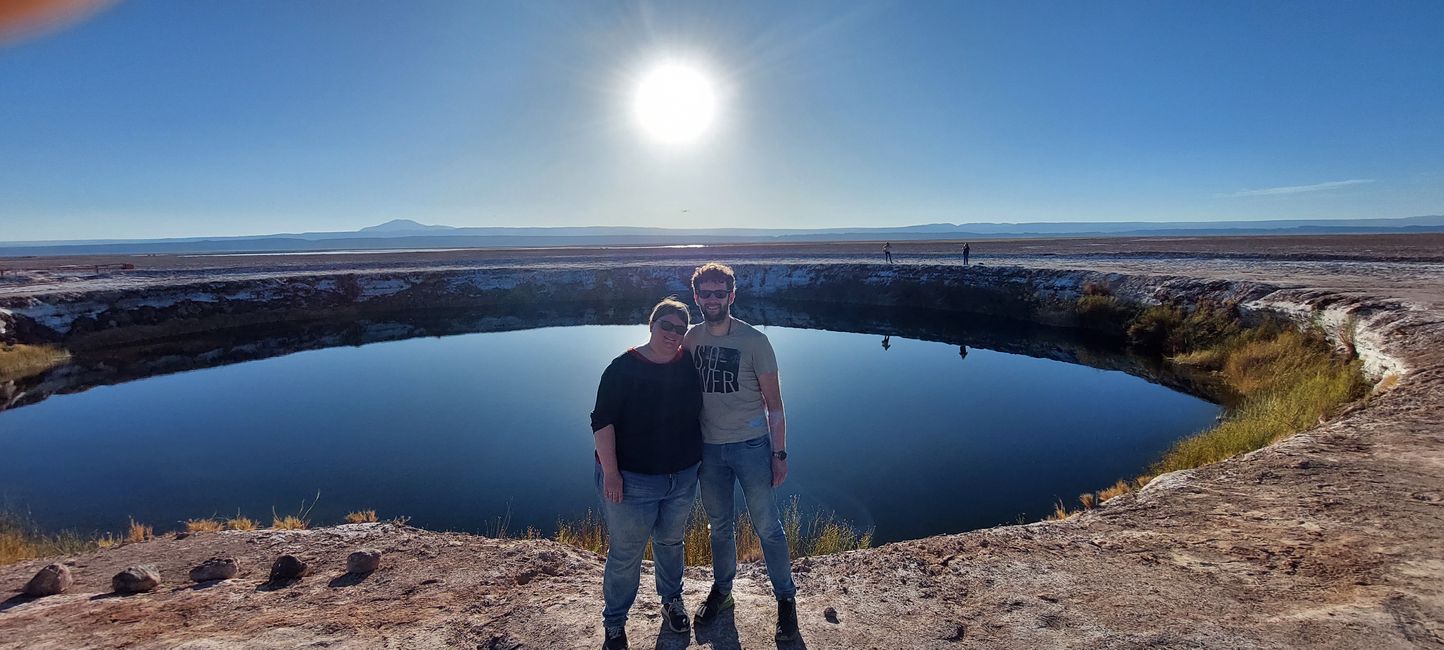
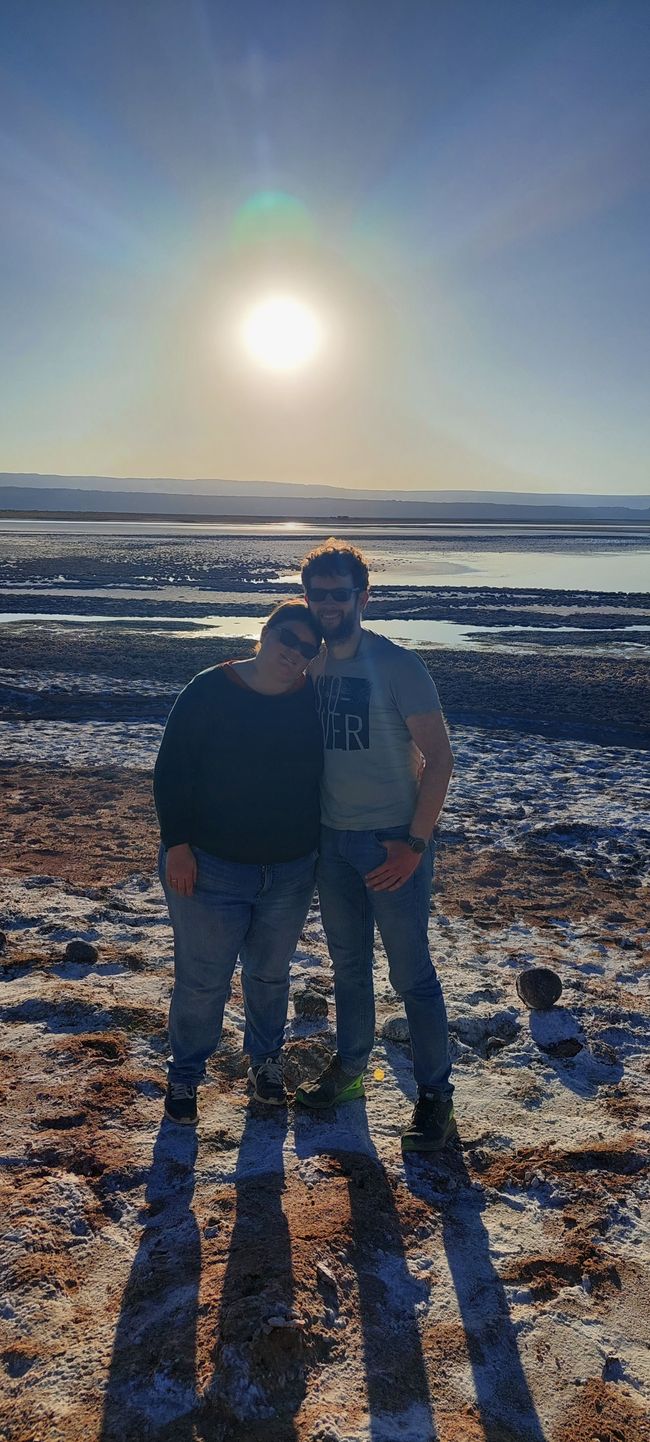
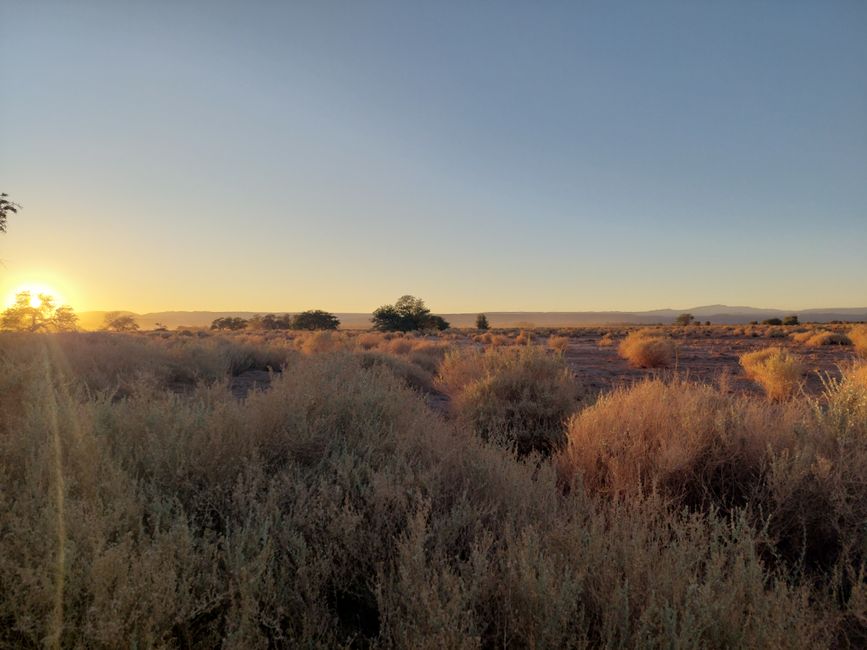
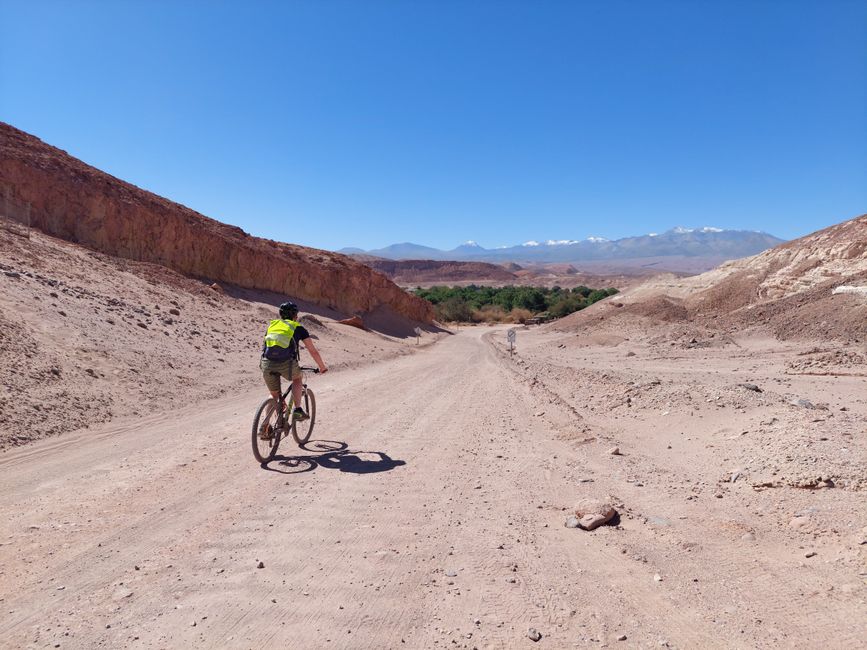
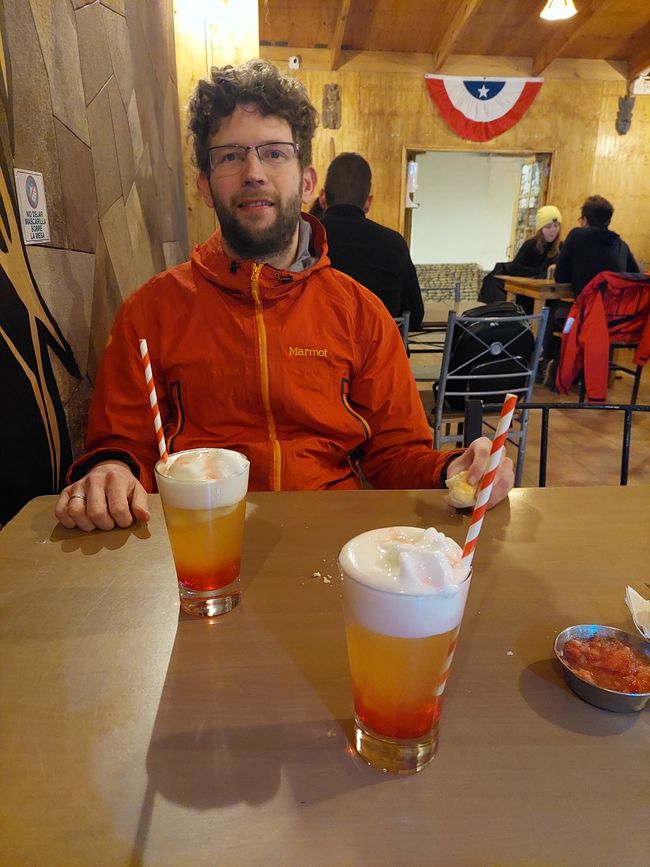
Abonneren op de nieuwsbrief
Since this is a personal contribution from me (Judith), I will write it from my perspective. San Pedro de Atacama is our last destination in Chile and was at the top of my priority list for this trip. The place serves as a base for many interesting points in the Atacama Desert and is also perfect for stargazing, as the Atacama Desert is the driest desert in the world and almost always has a clear sky.
And then, right after our arrival in San Pedro de Atacama, I found out that my father's health had deteriorated to the point where there is no hope of seeing him again after our regular trip ends in October. It's likely a matter of weeks or a few months, even though no one can predict it exactly. When we set out on this journey, we knew how sick my father was. We discussed with him and the rest of my family whether we should still go ahead, and my father's response was very clear that we should continue and not come back if his condition worsened. However, the decision of whether to continue or not was incredibly difficult for me. Would I regret not seeing my father again, even though I knew he wanted us to continue traveling? After my mother informed me, there was only one thing I knew for sure: I wanted to photograph the night sky in the Atacama Desert for my father. Not only is my father a big fan of astronomy, he had actually planned to travel to Chile himself, and the Atacama Desert with its clear sky was one of the most important destinations for him. Therefore, we decided to book an astronomy tour as soon as possible and decide everything else afterwards. Over the next few days, I talked to my mother and my three siblings, which was very helpful in not feeling so far away. And everyone told me once again that it is okay, no matter how I decide. My sister gave me the helpful advice to test whether it feels right or wrong to go on an excursion. And that's exactly what we did, and I realized that it made me feel good, and I could be sad and think about my father and the rest of my family, and also appreciate the things we see and experience here. And so, for now, we will continue. Also for my father; because the fact that we are here at all is largely thanks to him, as he instilled the love of travel in me from a young age. And Sebastian indirectly got it from him because I infected him with it.
So, since we have decided to continue traveling for now, here is a regular travel report. San Pedro de Atacama is a very small town where almost everyone depends on tourism for a living. In the main street, which is a pedestrian zone, one tour operator follows another, interrupted only by restaurants and souvenir shops. But we felt very comfortable there - the dusty streets and adobe houses have a special charm, and San Pedro de Atacama is considered one of the safest places in South America. The many street dogs also cannot cloud this positive impression (jokingly, it is also called 'San Perro de Atacama'; perro means dog in Spanish). However, the town is also very expensive - not only did we pay over 300€ per person for 6 tours, but we also accidentally bought a pack of tissues for almost 10€ (I thought they said it was 900 Pesos, which I found plausible at just under 1€, but it turned out to be 9000 Pesos). But from our perspective, the tours were well worth the money. As described above, we started with a stargazing tour. We drove out of the city, where an astronomer first showed us some constellations with the naked eye. Then he showed us a few more constellations and stars through two telescopes. I was getting nervous because I really wanted to photograph the night sky, and up to that point, we were asked not to take out our phones to get used to the darkness. But eventually, we were able to set up my tripod and take some photos - which I will not share here because we took them for my father.
The next day, we went on two tours directly. In the morning, we first went to some petroglyphs, which depicted local animals such as guanacos and llamas, as well as animals like monkeys and crocodiles that do not exist here and were only known from travels. We also had breakfast at the petroglyphs, prepared by the driver and guide, with delicious baguette, scrambled eggs, and avocado. After that, we went to the Rainbow Valley (Valle de Arcoíris), where there were rocks in all possible colors, especially red, green, black, and white. We took a very relaxed hike, which we really enjoyed. On this first day, we didn't go as high as on the following days and were at an altitude of about 3200m. Along the way, we also saw llamas, donkeys, and guanacos. Here we also learned that llamas are domesticated guanacos and alpacas are domesticated vicuñas.
After a short break at the accommodation, we went to the Moon Valley (Valle de la Luna) in the afternoon. We climbed a sand dune, which was made more difficult by a small asthma attack for me (probably caused by sand and dust, as it was the only asthma attack I had so far), so we had to hurry to keep up with the group. But we made it and enjoyed the view from the dune before driving and walking through the valley. The mix of sand dunes, salt formations, and moon-like landscapes was quite impressive. Then we went on the tour to a place with a 'small' viewpoint, where cocktails and snacks were served. We also had a Pisco Sour and enjoyed the view. Finally, we went to a higher viewpoint, from where we watched the sunset over the Moon Valley.
After this beautiful day, the next day we set off at 6 o'clock for the next excursion to Piedras Rojas. Our first stop was at the Tropic of Capricorn, where we once again enjoyed a delicious breakfast just like the day before. Then we went to the Piedras Rojas (red stones) at an altitude of 4000m. There, we took a short hike of about 40 minutes round trip, but at a very slow pace due to the altitude. We encountered an impressive landscape of red stones, a clear lagoon, and volcanoes reflected in the water. We also witnessed a marriage proposal from a Brazilian couple in our group, which we all happily applauded after it was accepted. Then we went a bit higher to 4300m, where we visited two lagoons, which were also surrounded by volcanic landscapes. After so much walking at high altitude, it was time for lunch, which we had somewhere in the middle of nowhere. Our guide and driver served us salad, vegetables, and chicken, and it was nice to enjoy this lunch in nature. After such a full program for one day, we made one last stop at the Laguna Chaxa in the Salar de Atacama. There, we saw some flamingos reflected in the water. Since it was very hot there and we had already experienced so much, we were not sad to leave after about 15 minutes, even though it was a very nice last stop.
The next day, we started even earlier because we were supposed to be picked up between 4:30 and 5 o'clock to go to the Tatio Geysers. They are the highest geothermal field in the world at an altitude of 4300m, the third-largest in the world, and the largest in the southern hemisphere. At this altitude, it was very cold - when we were there, it was -6°C. That's why we bought warm alpaca sweaters, and with a total of 6 layers of clothing, gloves, and a hat, we were able to endure it quite well, even though we wished we had warmer gloves. We found the geyser field to be totally impressive. Although there are no particularly tall geysers, we were able to observe one for a very long time. From our previous experience in Iceland, we were used to having to quickly capture the right moment when taking photos, but here it was easier. And how the many small geysers and fumaroles steamed in the dawn was very impressive. We were more than willing to bear the cold for that. Then we went to a beautiful viewpoint, where we had breakfast again, this time without scrambled eggs. We wondered if maybe it was because of the altitude that no eggs were fried. But even without scrambled eggs, it was wonderful to enjoy breakfast with this view. On the way back, we saw some more flamingos and cacti, but we also arrived back in San Pedro de Atacama around 11 o'clock, where we caught up on some sleep and let the day end relaxed after all the impressions.
The next day, our last organized tour in San Pedro de Atacama was scheduled. However, it was in the afternoon, so we could sleep a bit longer and before the tour started, we could get delicious ice cream with interesting flavors made from various desert herbs. The tour was led by the guide Hugo and the driver Hugo - since we had already done two tours with Hugos in Mendoza, we felt in good hands. The Hugos took us first to the Céjar and Piedra lagoons, which are also located in the Salar de Atacama. While the Céjar lagoon is now a protected area, you can swim in the Piedra lagoon. Or rather, you can float there, as the salt content is so high that you cannot sink. The water is quite cold at 10-15°C, but fortunately, that didn't bother either of us. However, I found it a bit eerie to float like that, especially since it is so difficult to get your feet back down and there was a ledge in the lagoon where it suddenly became so deep that you couldn't stand anymore. So I preferred to stay in the shallow area and let Sebastian help me drift a bit. Sebastian also tried to swim, which was not so easy due to the buoyancy, and he also let himself drift a bit longer in deeper water. It was an exciting experience that left us not only with a lot of salt on our skin but also with some wounds due to the sharp-edged stones; Sebastian scraped his thigh and I got some cuts on my foot. Fortunately, Guide Hugo had band-aids with him, so I could take care of my foot after rinsing off the salt. After a relaxing time in the water, we continued to the Ojos de Salar (Eyes of the Salt Flat), two large water-filled holes, which are not quite clear how they were formed. However, they were perfect for taking photographs, as there were beautiful reflections in the water. For the end of the tour, we parked in the middle of the desert and enjoyed snacks and Pisco Sour once again, and this time we didn't hold back either and each had three Pisco Sours. After all, no one wants it to be poured away in the end...
After all the tours, we had one last day in San Pedro de Atacama, which we wanted to spend in a relaxed manner. After a calm morning, we borrowed mountain bikes from the accommodation and planned to ride to the Valley of Death outside the town. However, it had not been reopened since the pandemic, as the owner of the accommodation also pointed out to us. Nevertheless, we decided to go there anyway and just have a look from the outside. We could see a bit of the landscape, but riding the mountain bikes on the gravel roads was the more exciting experience. Back in town, we treated ourselves to a delicious baguette and juice in a nice French café. Afterwards, we spent our last Chilean pesos on earrings, fresh papaya juice, and muesli bars, as we wanted to continue to Bolivia the next day. In the evening, we also wanted to have an experience recommended by Siu for Chile, which is to drink a Terremoto (Earthquake). It is a drink made of white wine, pineapple ice cream, and grenadine. So, it reminded us a lot of Schlammbowle (a German party punch), and we found it quite delicious and didn't feel as drunk as we expected after Siu's warning.
Despite the Terremoto, we tried to sleep early because we wanted to take the bus to Uyuni in Bolivia at 4 am the next morning. We asked at our accommodation if they could organize a taxi for us at this early hour, and the owner said that a taxi at that time would be very expensive and we could also walk. The distance was not that far, about 15-20 minutes, and we had already walked it upon arrival. But in South America, we would never walk around at this time for safety reasons. However, San Pedro de Atacama is apparently so safe that it is not a problem, as the owner of our accommodation assured us. And so, we walked through the streets of San Pedro de Atacama at 3:15 am and were not even bothered much by the stray dogs, so we arrived safely at the bus station and made our way to Bolivia.
Abonneren op de nieuwsbrief
Antwoord
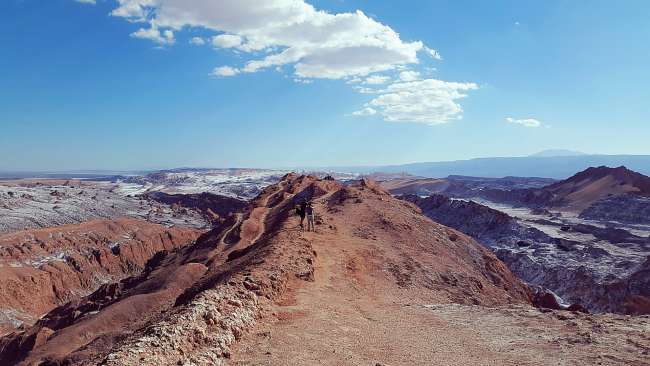
Reisverslagen Chili
